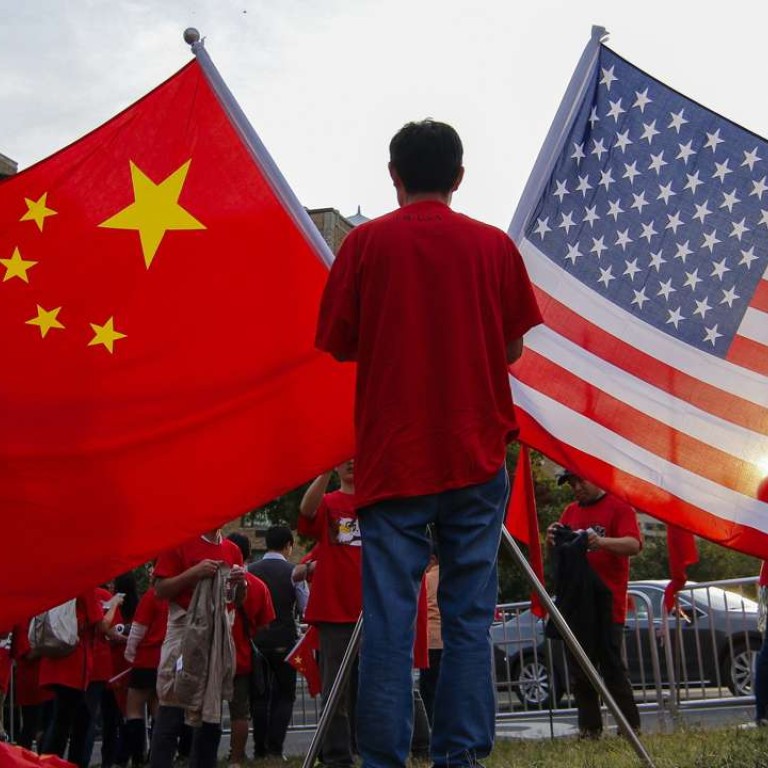
What is the one-China policy and how did it become the bedrock of Sino-US ties?
The one-China policy recognises that Taiwan is part of China. How did it come about?
Here’s a brief history of the one-China policy that has been the bedrock of Sino-US relations for four decades.
1949-1971
In 1949, Chinese Communist Party forces backed by the Soviet Union won the civil war, founded the People’s Republic of China and drove the Kuomintang regime, or officially the Republic of China, to the island of Taiwan.
After the outbreak of the Korean War, the US increased military and economic aid to Taiwan, and maintained diplomatic relations with the Republic of China.
The Republic of China, although it only ruled Taiwan in reality, remained the representative of China at the United Nations until 1971.
The Communists, however, were always recognised as the legitimate government of China by the Soviet Union and other socialist states.
1972-1978
Henry Kissinger, then national security advisor to US president Richard Nixon, made a secret visit to Beijing in July 1971, paving the way for Nixon’s visit the following year, ending a quarter of a century of separation between the two sides and altering the geopolitical landscape of the Cold War days.
In October 1971, Taipei lost its UN seat and the People’s Republic of China became the only legitimate representative of China at the UN.
In the Shanghai Communiqué signed at the end of Nixon’s visit in February 1972, the US acknowledged that “all Chinese on either side of the Taiwan Strait maintain there is but one China and that Taiwan is a part of China”.
At the same time, the US did not specify whether Beijing or Taipei should be the legitimate government – a deliberate “strategic ambiguity”.
1978-1995
Under then US president Jimmy Carter, Washington compromised in 1978. In building diplomatic relations with Beijing, it agreed to cut formal diplomatic relations with Taiwan and closed its embassy in Taipei in 1979.
The 1978 communique is one of the most important diplomatic documents between Beijing and Washington, and Beijing takes it as its standard in developing diplomatic ties with other countries – any country that wants formal diplomatic ties with Beijing must cut its formal diplomatic ties with Taiwan and recognise the one-China policy.
But to protect Taiwan from being taken by force, the US congress passed the Taiwan Relations Act, under which Washington can still sell weapons to Taiwan. Almost every arm sale from Washington to Taipei has been met with anger and protests from Beijing.
1995- present
The US allowed then Taiwanese president Lee Teng-hui to accept an invitation to visit Cornell University, his alma mater in upstate New York, in June 1995.
Beijing reacted strongly, perceiving it as a violation of the one-China policy, but Washington did not change its policy stance.
With Taiwan’s first-ever direct presidential election looming, in which Lee was preparing to run, Beijing fired missiles into Taiwan’s surrounding waters including the Taiwan Strait in the second half of 1995 and early 1996.
But the so-called Taiwan Strait crisis did not deter Lee’s supporters and he eventually became the first leader across the strait elected by universal suffrage.
Cross-strait relations further deteriorated when the pro-independence Democratic Progressive Party’s Chen Shui-bian won the presidency in 2000.
Tensions eased after Ma Ying-jeou led the Beijing-friendly Kuomintang to retake the office in 2008, but became strained again when the island’s new leader, President Tsai Ing-wen, of the DPP, refused to publicly and explicitly acknowledge the Communist Party and KMT’s tacit consensus on the “one China” principle.

